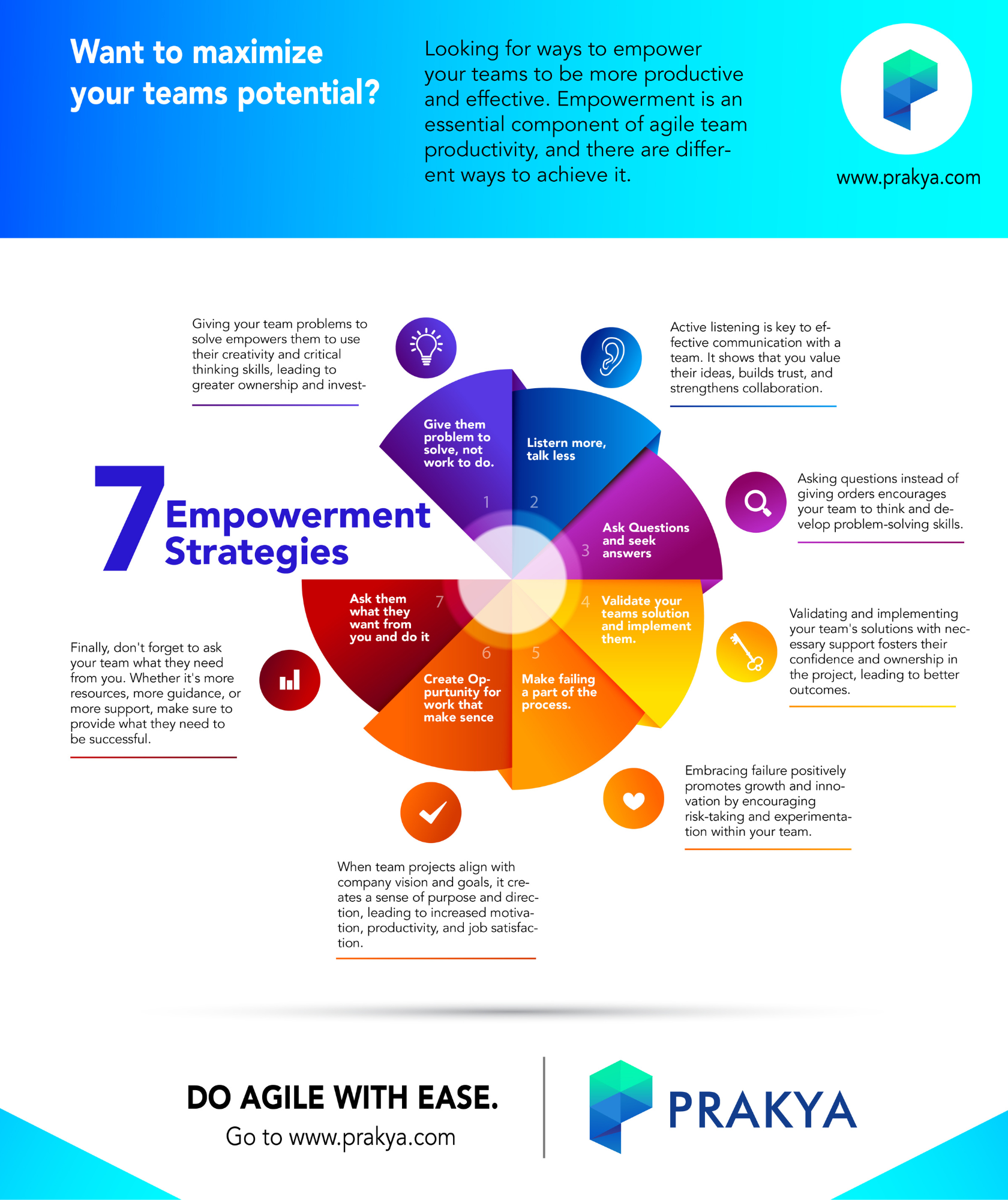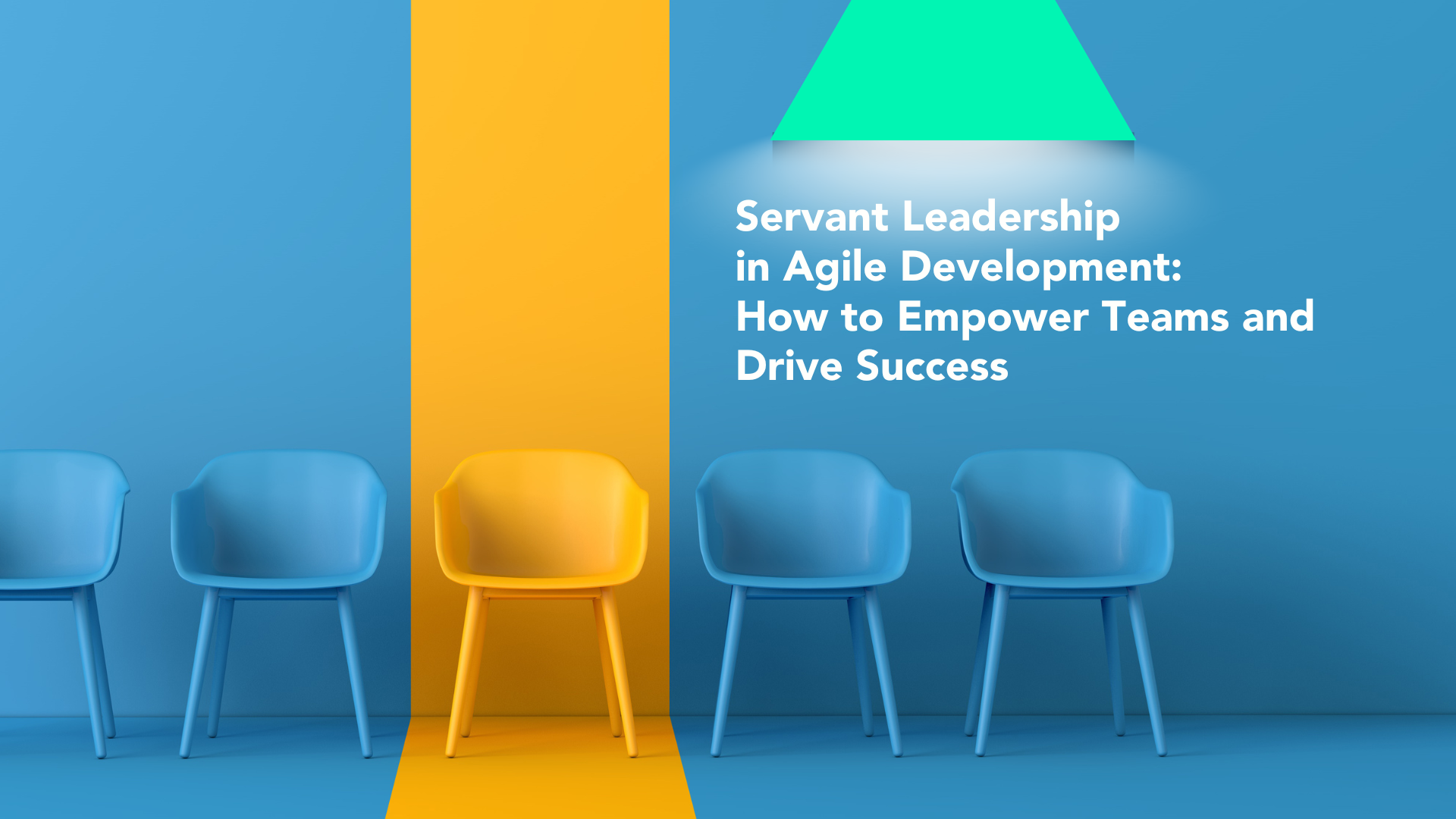“What Will You Choose? Team or Self? Your Decision Defines Your Leadership.”
“What Path Will You Take? Name, Fame, and Power or the Virtues of Humility, Patience, Openness, Focus, Commitment, Courage, and Respect.”
“Who Do You Aspire to Become? A Leader or a Servant Leader? Your Choice Determines the Essence of Your Impact.”
While learning about servant leadership, I remembered an incident from my childhood. I was feeling nervous and scared when I was learning to ride my brother’s bike. Seeing me worried, he looked at me with reassurance and said, “Don’t worry. I’m here for you. I offer my life for your life.” Though it sounded filmy and I giggled and chuckled then, somehow I never forgot those words. His words were meant to give me courage, but they had a deep impact on me, making me feel powerful that he will always stand for me.
Sometimes, all we need to pursue our dreams and show our skills is a little encouragement from someone who supports us unwaveringly. These people stand beside us, watching our journey, and cheering us on. They don’t judge us but give us the freedom to do our best and grow.
This simple act exemplifies the heart of servant leadership, where the focus is on selflessly serving others. It shows the importance of being there for others, lifting them up, and creating an environment where people can reach their full potential.
Servant leadership is not a new concept. Even before modern tools like project management software and agile methodologies, leaders understood the importance of prioritizing the needs of their followers. Two examples of servant leaders from the past are Lao Tzu, the founder of Taoism, and Gautama Buddha, the revered figure of Buddhism. Both of them taught that true leadership involves humility, compassion, and selflessness. They believed that leaders should serve others and work for the greater good of society. Their teachings have inspired many to adopt servant leadership as a transformative approach to leading with empathy and purpose.
Although Lao Tzu and Gautama Buddha didn’t use the term “servant leadership” explicitly, their teachings and actions embodied its core principles. Their influence has lasted throughout the centuries and continues to impact leaders who challenge traditional norms.
While both servant leadership and agile methodologies may appear to be distinct approaches, they share a common objective – fostering an environment where teams thrive, innovation flourishes, and success becomes attainable.
Understanding Servant Leadership
Servant leadership, at its core, is a leadership philosophy that places the needs of others at the forefront. Instead of focusing solely on authority and control, servant leaders prioritize serving their team members, fostering their growth, and enabling their success. This approach encourages empathy, humility, and a deep sense of responsibility towards the well-being of individuals within the organization.
The Essence of Agile Methodologies
Agile methodologies, on the other hand, are iterative and collaborative approaches to project management. They promote flexibility, adaptability, and rapid response to change. Agile frameworks, such as Scrum and Kanban, emphasize self-organizing teams, frequent communication, and continuous improvement. These methodologies aim to maximize productivity, deliver customer value, and embrace change as a natural part of the development process.
The Synergy between Servant Leadership and Agile Methodologies
Shared Focus on Empowering Teams
- Both approaches recognize that engaged, motivated, and autonomous teams are more likely to achieve exceptional results.
- Servant leaders actively support their teams, providing guidance, resources, and removing obstacles that hinder progress.
- Agile methodologies empower teams by promoting self-organization, encouraging collaboration, and allowing individuals to take ownership of their work.
Embracing Continuous Improvement
- Servant leaders encourage personal and professional growth among team members, fostering a learning environment that values experimentation and reflection.
- Agile methodologies, with their iterative nature, encourage teams to reflect on their work regularly, identify areas for improvement, and adapt their processes accordingly.
Valuing Open Communication and Feedback
- Servant leaders actively listen to their team members, promote transparent communication, and create a safe space for sharing ideas, concerns, and suggestions.
- Agile methodologies facilitate frequent communication through practices like daily stand-up meetings, retrospectives, and feedback loops.
Essential Qualities of a Servant Leader
Leadership qualities can be innate or developed over time. However, if you possess the qualities of a servant leader, you are on the path to becoming an effective leader.
Empathy
A deep understanding and empathy for the needs, challenges, and aspirations of the team members. By actively listening and seeking to understand, Servant leaders create a supportive environment where individuals feel valued and heard.
Selflessness
Putting the needs of the team above personal interests is a core characteristic of a servant leader. They prioritize the growth and well-being of their team, fostering an atmosphere of collaboration and mutual respect.
Vision
While servant leaders prioritize the needs of the team, they also provide a clear vision and direction. By establishing a compelling purpose, they inspire and guide team members towards shared goals, keeping them focused and motivated.
Facilitation
They act as facilitators, removing obstacles and providing the necessary resources for their team to thrive. Encourage open communication, promote trust, and ensure that everyone has the tools and support needed to achieve their best work.
Trust-building
Trust forms the foundation of servant leadership. Leaders build trust by being transparent, reliable, and accountable. They delegate authority and empower team members to make decisions, fostering a sense of ownership and autonomy.
Continuous Learning
Servant leaders embrace a growth mindset and encourage a culture of continuous learning within their teams. They provide opportunities for skill development, foster innovation, and promote knowledge sharing, creating a dynamic environment that adapts to changing circumstances.
Servant Leader as a Coach
In addition to managing tasks, a servant leader acts as a coach, supporting the professional growth and development of team members. They provide guidance, offer constructive feedback, and help individuals unlock their full potential.
To maximize the team’s potential as a servant leader, follow our seven empowerment strategies that are crafted by Prakya’s eminent servant leaders from the below infographic

In conclusion, High-performing Agile teams, under the guidance of servant leaders, are well-equipped to embrace change, tackle challenges head-on, and deliver successful project outcomes that exceed stakeholders’ expectations.
Leadership is certainly evolving and servant leadership stands as a beacon of inspiration and transformation. As you embark on your leadership journey, remember that by embracing the principles of servant leadership, you have the power to empower your teams, shape a thriving work culture, and drive unprecedented success in Agile development.





